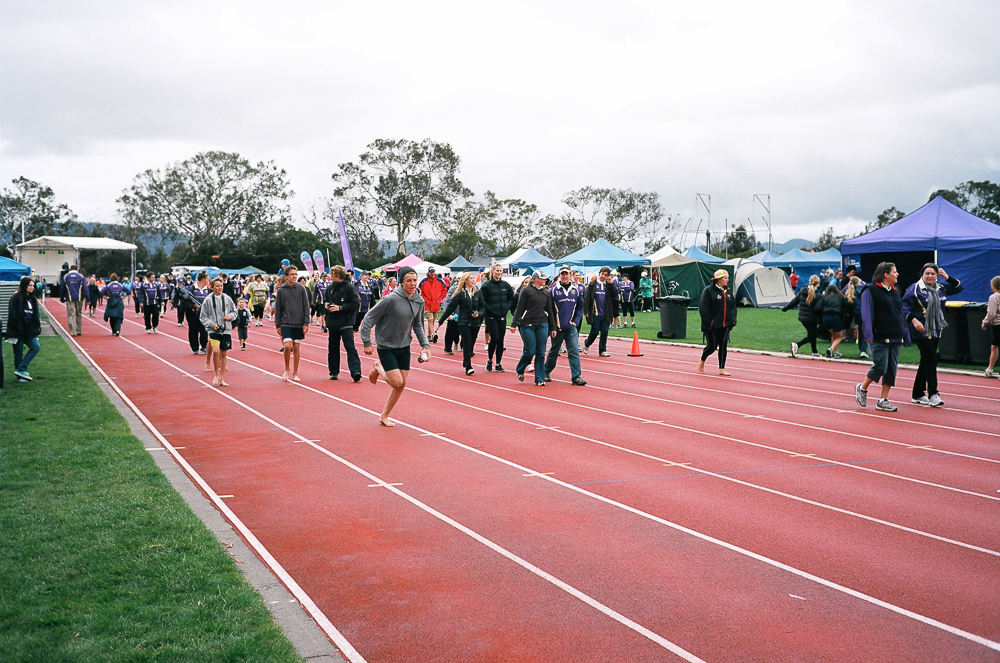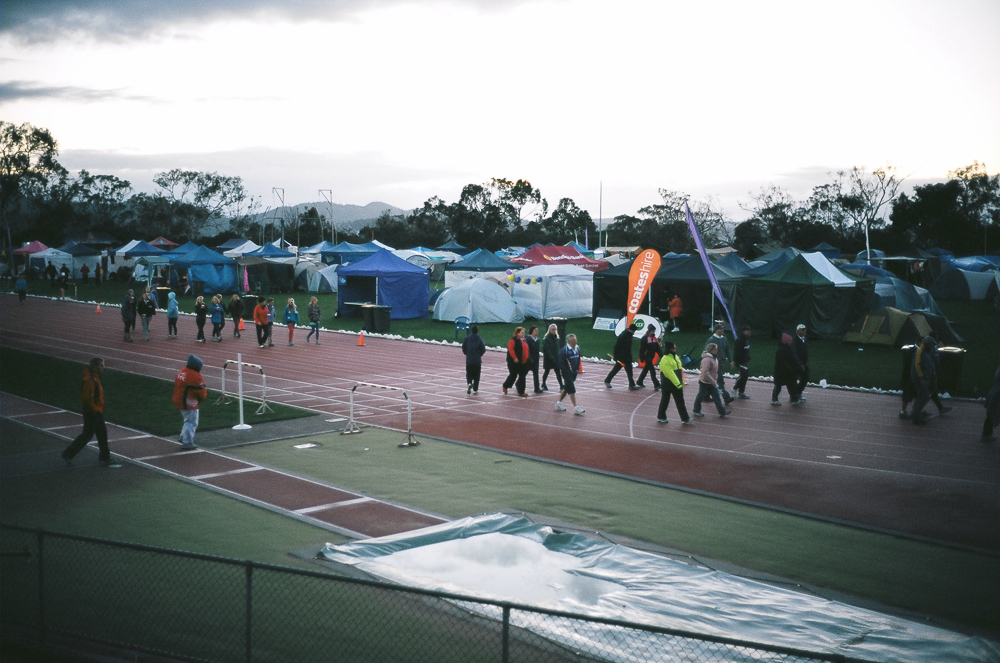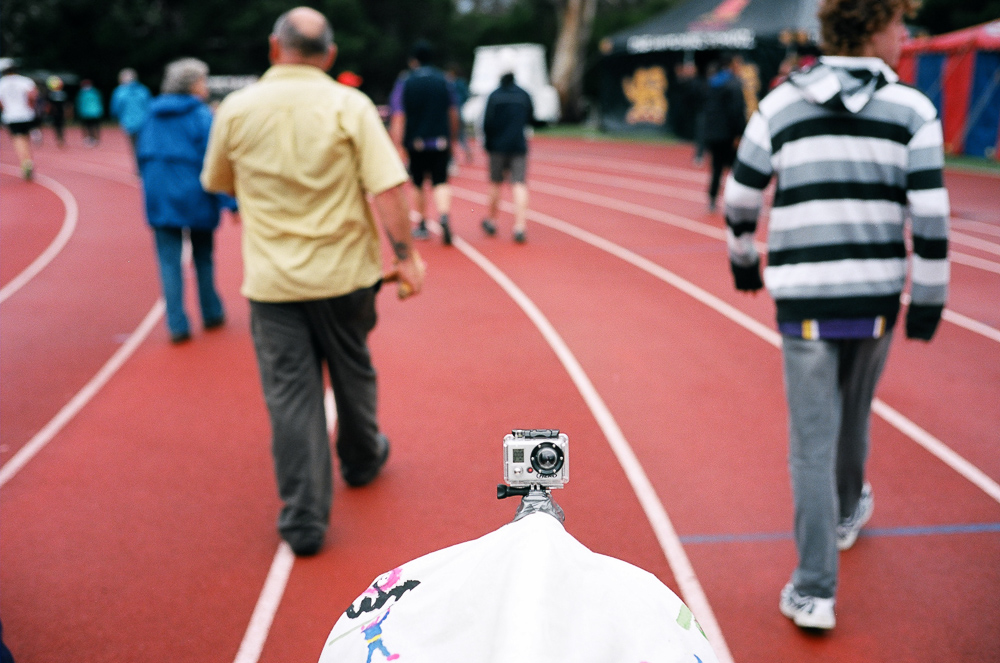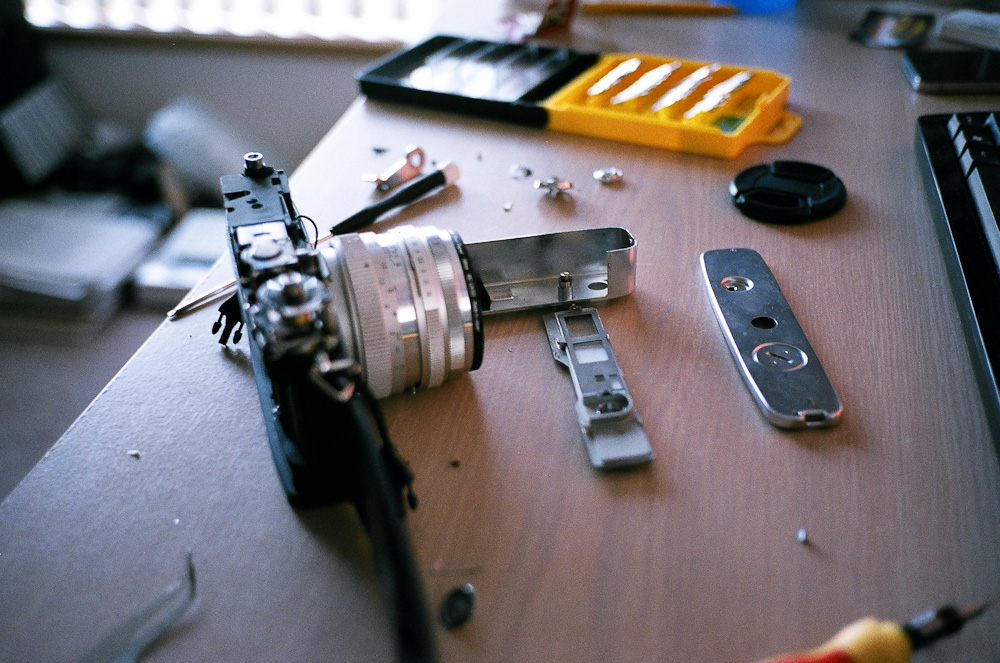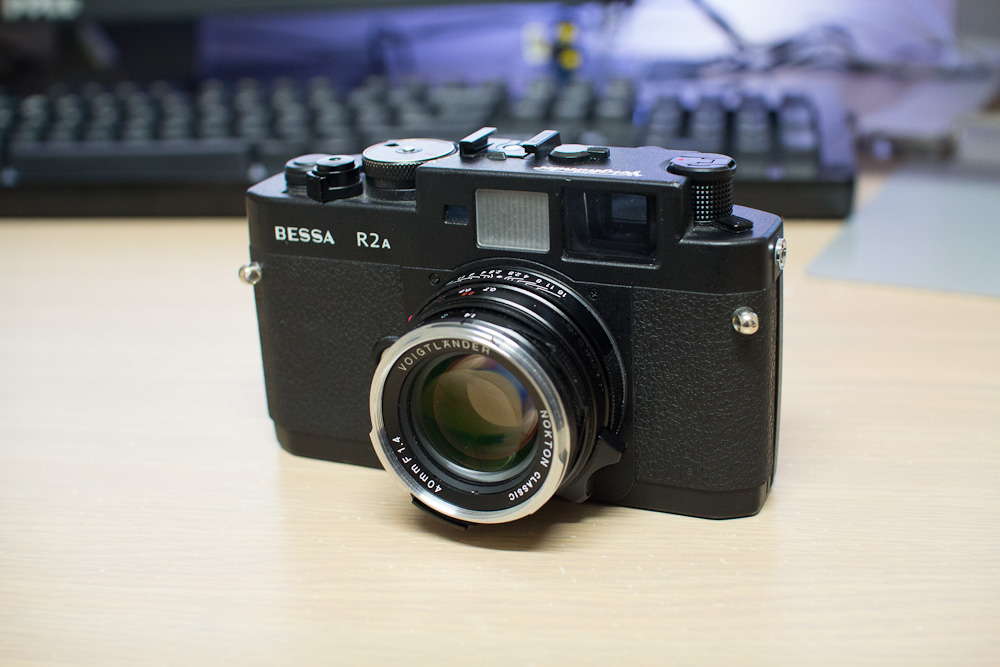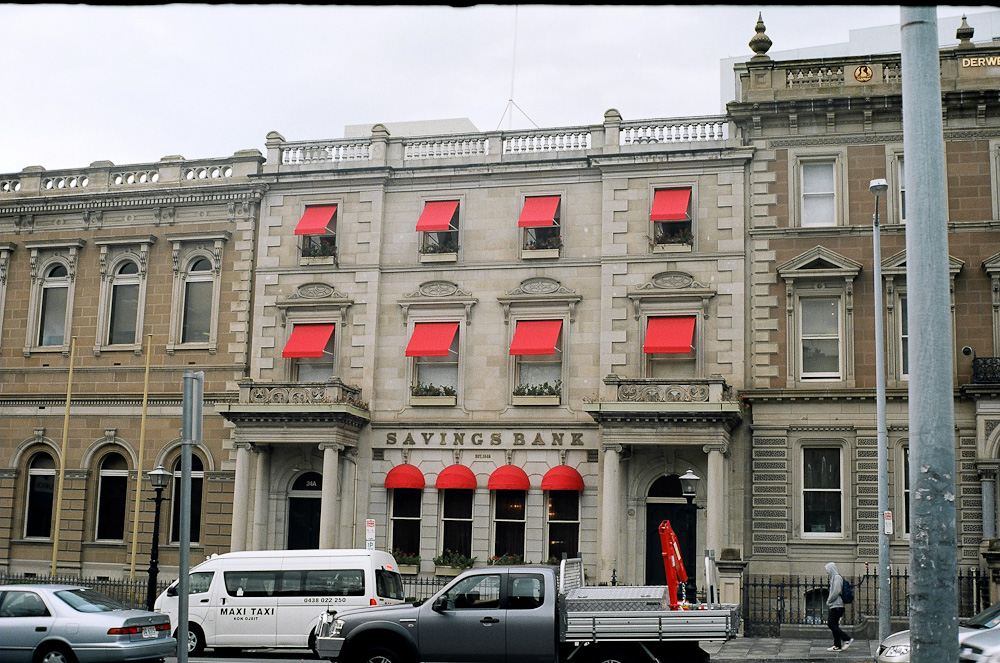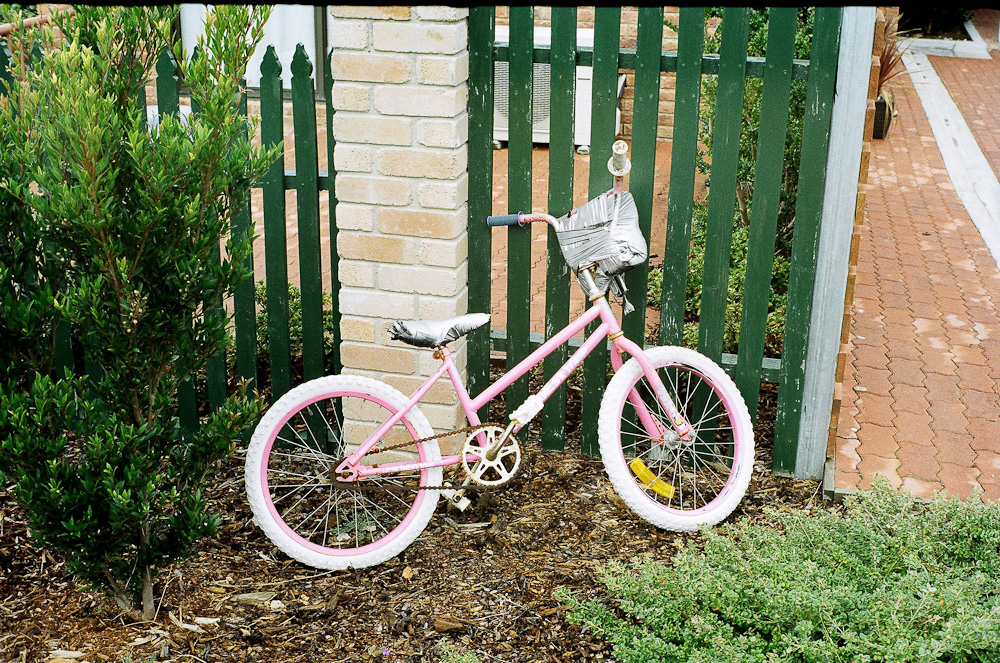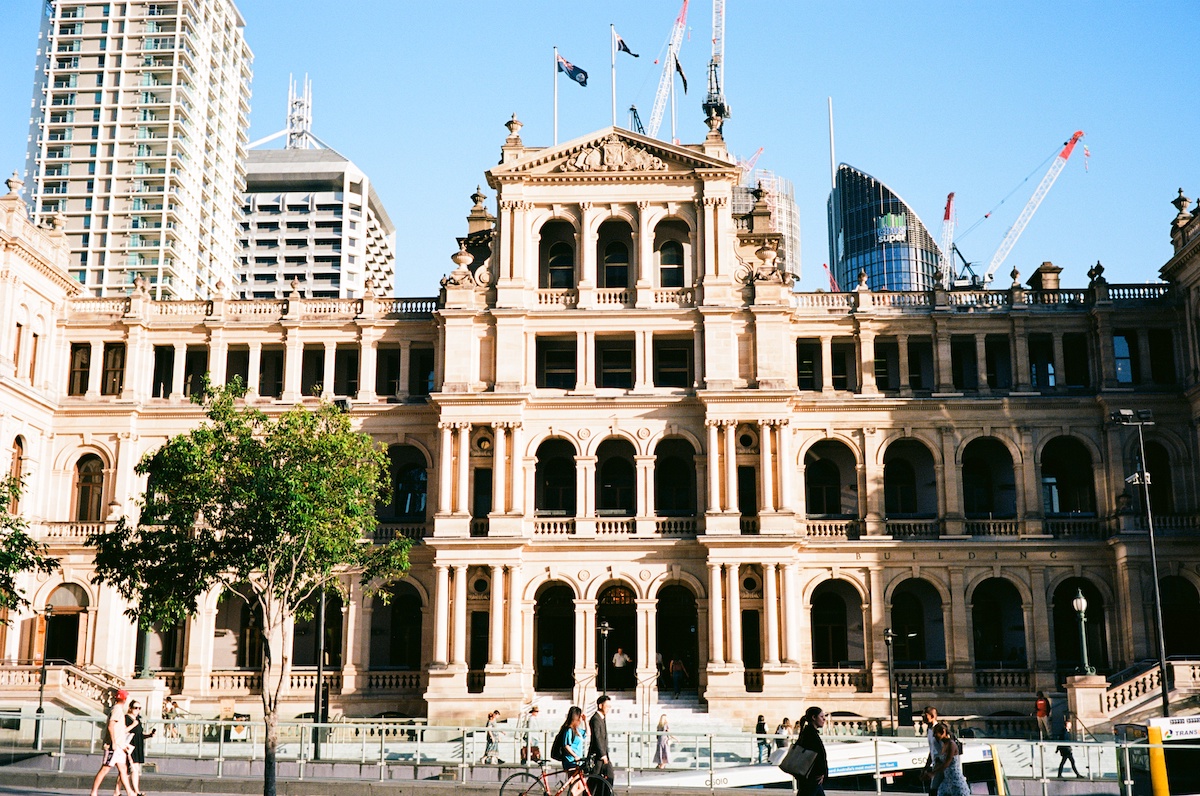
Cameras in phones are probably a little too good these days. I can pull out my iPhone, snap a pic of whatever I’m looking at, and know that every detail will be captured, timestamped, and geo-tagged. I’ll even get a few seconds of video to go along with my photo, all in less time than I spent thinking about taking the photo in the first place.
Film, by comparison, has none of those benefits.
With film, I have to think about what I’m taking a photo of. Not because I’m worried about using one of my 36 exposures on whatever roll of film I’m using — although I am limited by the total number of exposures I have available to me at any one time, that typically isn’t a concern — but because it forces me to think about composition and framing, even focus, more than digital does. Digital might have ever-increasing megapixel counts which make cropping an easy way out if you didn’t get your framing right the first time, but there’s no such advantage with film, where your negatives will betray your imperfect framing every time.
When you’ve shot with film for a while, and particularly when you put the same speed and type of film through your camera dozens of times, you notice that your photos get a certain look about them that you don’t see with photos from your iPhone. It’s film grain, sure, but it’s more than that. It’s the way certain colours are more noticeable than others, the limited dymanic range of film, and the contrast between the light and dark parts of the image that work together to make the whole thing the slice of life that you captured at the time. Some parts might be out of focus, intentionally or otherwise, but all of it contributes to something that digital photos just don’t have these days.
Character.
When I’m taking a photo, if I want everything to be in focus, if I want every pixel to be perfect, even if I want everything to be HDR’d to the n-th degree, then I’ll pull out my iPhone and snap away. I know that when I take photos with my phone, the photos I take are as good as it gets, at least within the limits of camera technology that we have in phones these days, short of spending thousands on a pro-level camera and lens. And obviously, if I want to take video, I’ll pull out my iPhone. But if I want to capture an interesting perspective, or convey what the scene looks like to me, as opposed to what it actually is, that’s a job for my film camera, and an exposure of Ektar 100. If I want the sky to be overexposed, if I want shadows and highlights in equal measure, if I want colours to pop without being overbearing, then film is the only choice.
Obviously, there are a plethora of advantages to digital that film just doesn’t have, otherwise we’d all still be shooting film. But there have been so many advances in computational photography that it has pushed digital photography to the point where it’s more or less boring — perfect, life-like photos every time? Who wants that? Perfect photos might be all well and good for most people, most of the time. But the other times, I want my photos to have some imperfections.
I want my photos to have character.
Which makes film the perfect medium to be shooting on. And if I’m shooting film, there’s nothing more fun that shooting with a film rangefinder.
